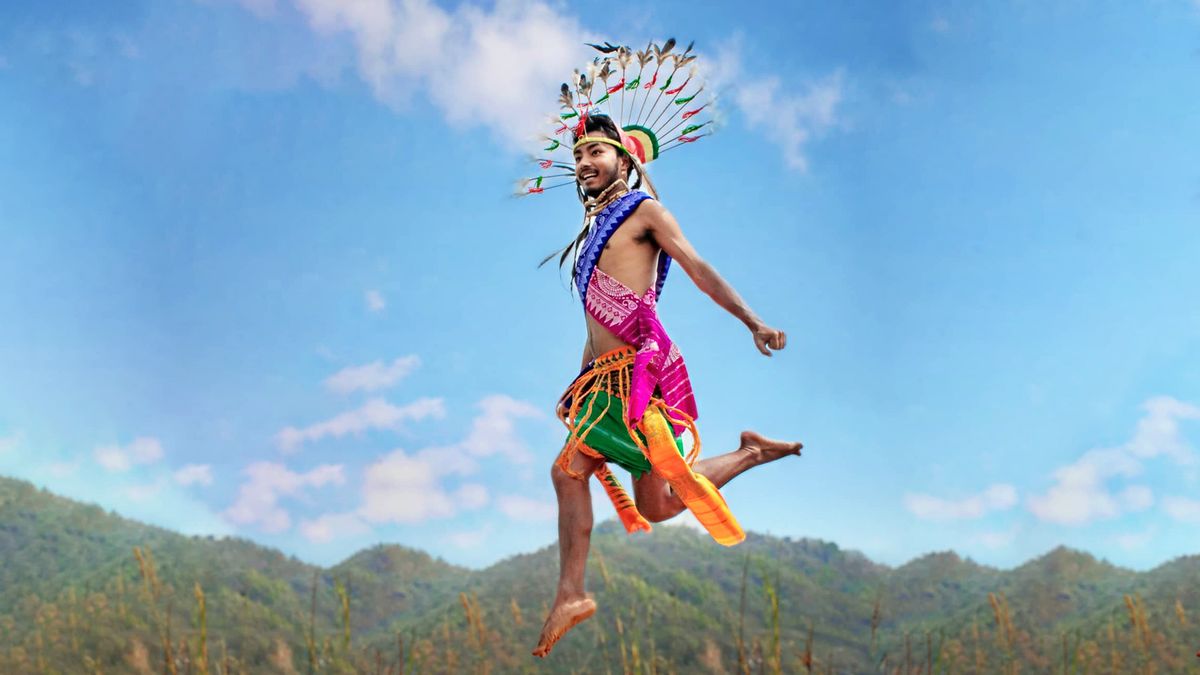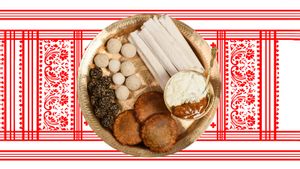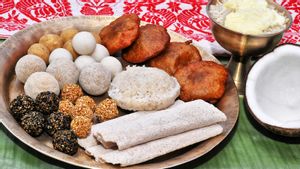Alongbar Basumatary, an arts graduate and a travel photographer in the making, has a dream. The 23-year-old Bodo, from Dangtalgaon village in Assam’s Chirang district, wants to acquaint the world with the rich culture, traditions and the culinary delights of his tribe. He has faith in the power of social media and hence, since 2016, has been sharing picture stories from Bodoland and around on his Instagram and Facebook profile under the name Souls of Green (@souls_of_green). With over 900 followers on Instagram, it is safe to say that his efforts are gaining traction.
In time for Bwisagu or Baisagu (Rongali or Bohaj Bihu in other parts of Assam), a springtime festival that marks the start of the new year, we reached out to Basumatary for a photo tour of the celebrations in his village.
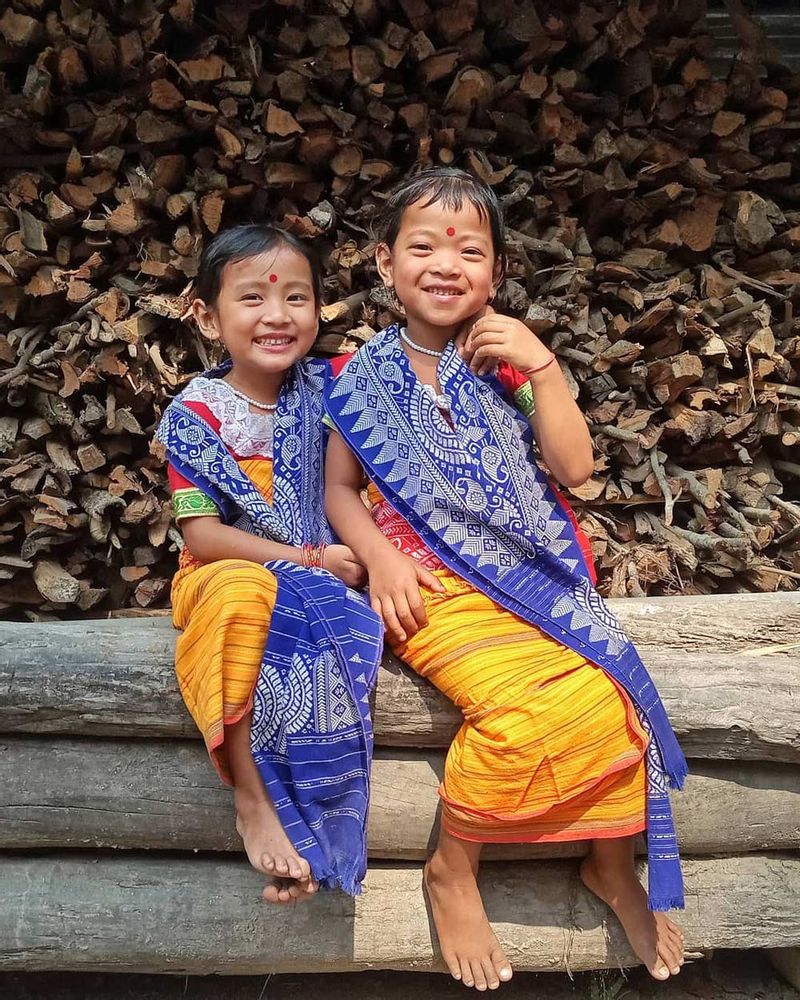
The Bodo or Boro, a branch of the Indo-Mongoloid family, is the largest indigenous tribe of Assam and its people are believed to be the earliest inhabitants of the Brahmaputra Valley with a distinct religion, culture and language. They are predominantly agriculturists and the week-long Bwisagu is their most important festival. It begins on last day of Chaitra month and ends on the sixth day of the Baisakh month of the Assamese calendar. According to the English calendar, Bwisagu or Bohag Bihu is celebrated in the month of April. Each day of the week is dedicated to the worship of an element of nature - cow, man, dog, pig, fowl, birds and relatives and friends.
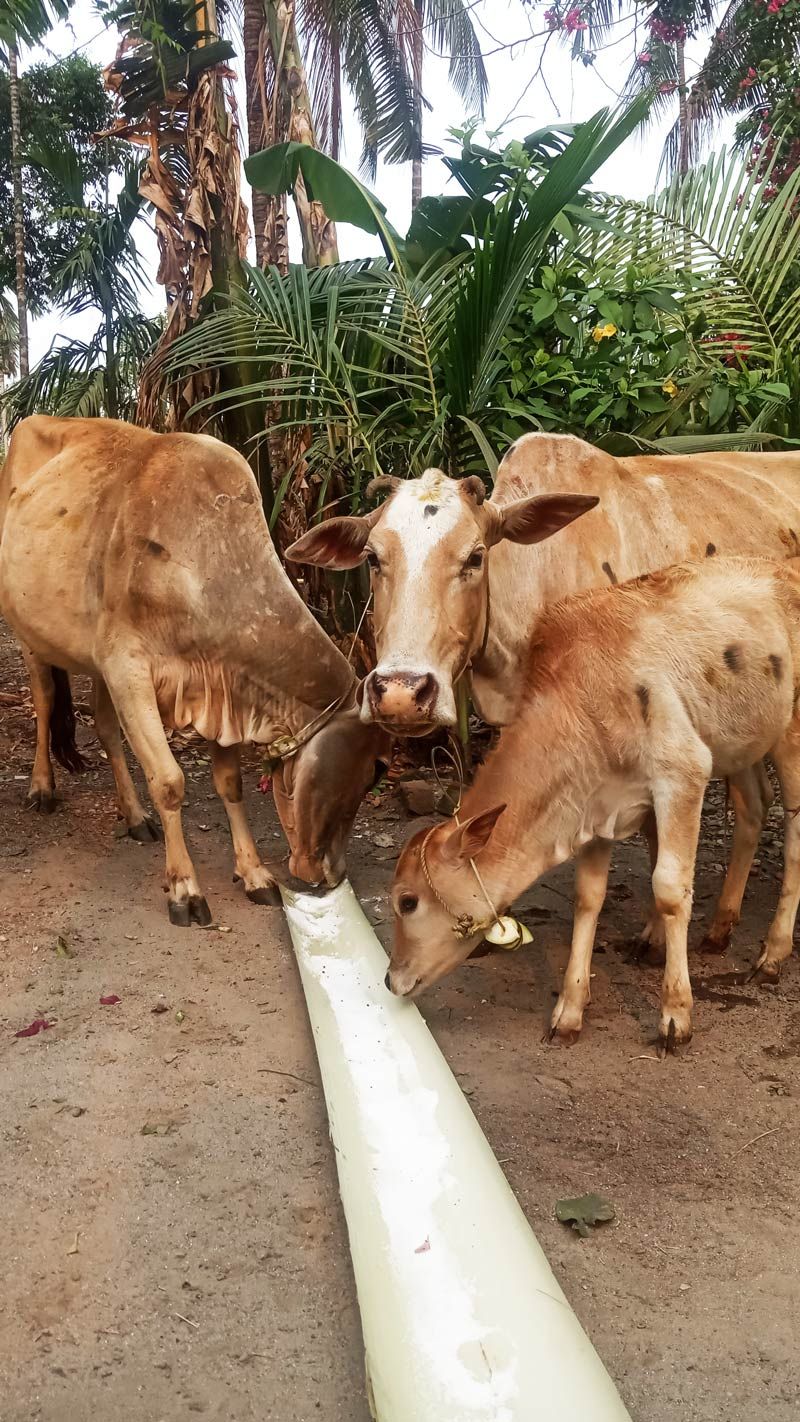
The first day of Bwisagu, Goru Bihu, is dedicated to the cow. Cattle in Bodo households is bathed, decorated with garlands, their horns rubbed with oil, and turmeric paste smeared on their foreheads on this day. As the ethnic community performs this ritual, they also sing folk songs to the cows. The cattle are then allowed to roam freely the entire day and then, in the evening, offered chira (flattened rice), pitha (rice cake), and powdered rice and vegetables. Meanwhile, the younger generation in each household takes blessings from the elders.
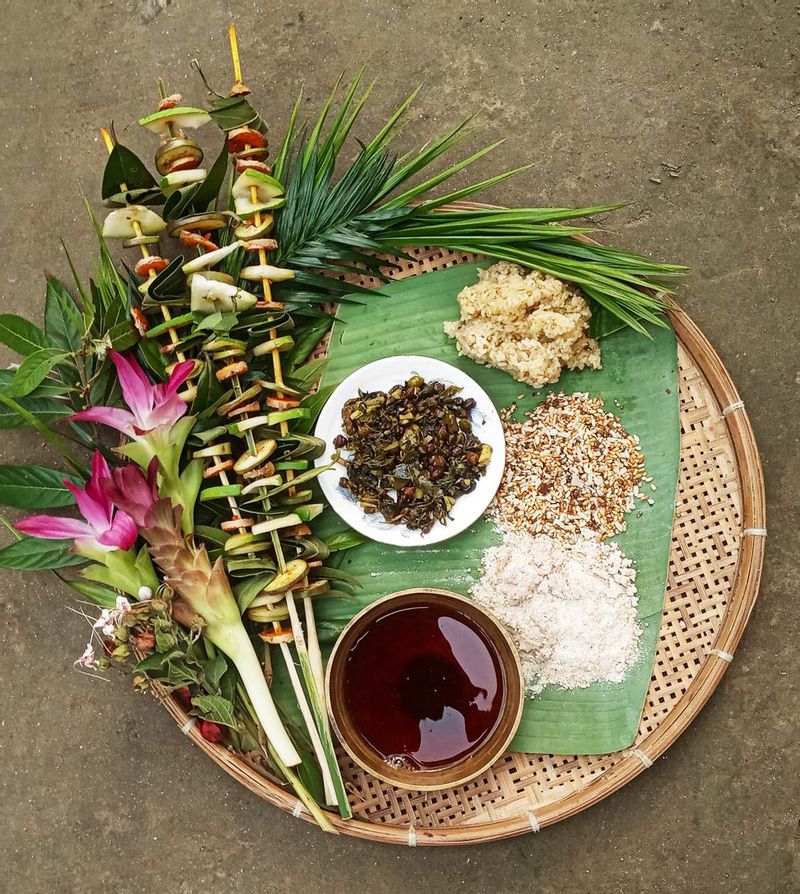
While the cattle relishes chira and rice cakes on the occasion, the Bodos feast on red tea, sobai gwran (dried sticky rice fried), sourai (sweet sticky rice), bora saul (steamed sticky rice) and ekho ek bidh xaak, a preparation made using 101 local herbs and leafy vegetables with country chicken and black channa.
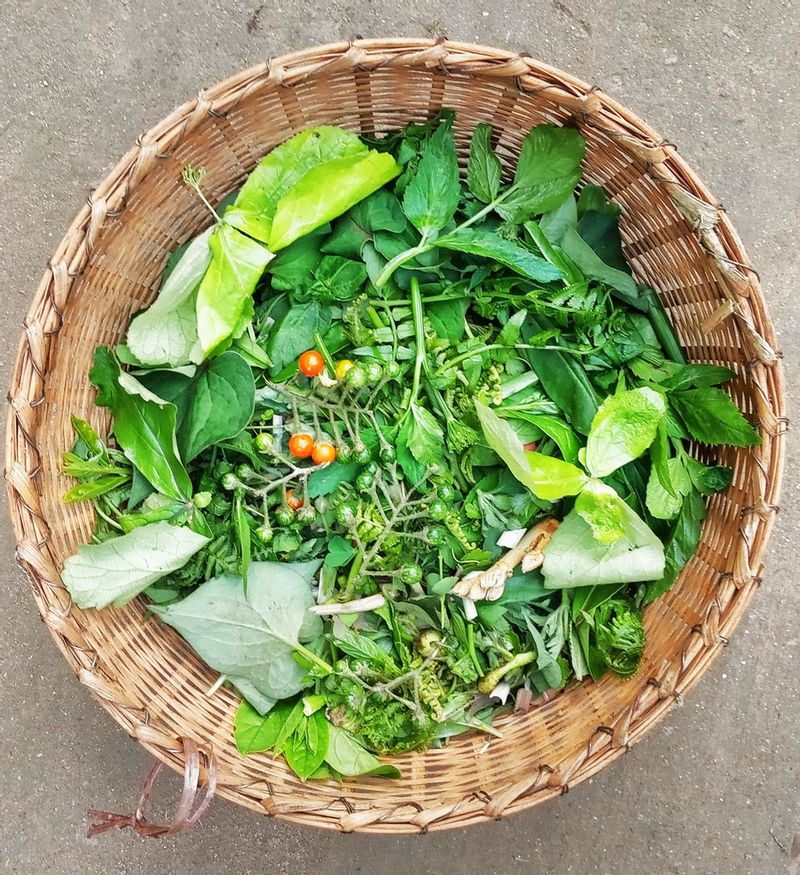
Among the many dishes, the ekho ek bidh xaak is the most important. “Every herb in this 101 variety has medicinal value. It is quite difficult to find so many herbs in one go so women of the house usually collect these a day in advance from in and around the village, and cook the dish on Goru Bihu. Our elders say that this customary feasting on greens on the day improves immunity, helps ward off allergies and ailments, and ensures we step into the new year healthy,” Basumatary says. Manimuni, sibru, nursing, bon amlai, kansingsa, singri mwiki, tarai bijow and buri tokon are a few of the local greens added to ekho ek bidh xaak.
On the second day of the festival, which Basumatary refers to as ‘Human Bihu’, homage is offered to one’s ancestors and the tribe’s supreme deity Bathou or Lord Shiva is worshipped, and then the villagers visit their relatives and friends in the morning.
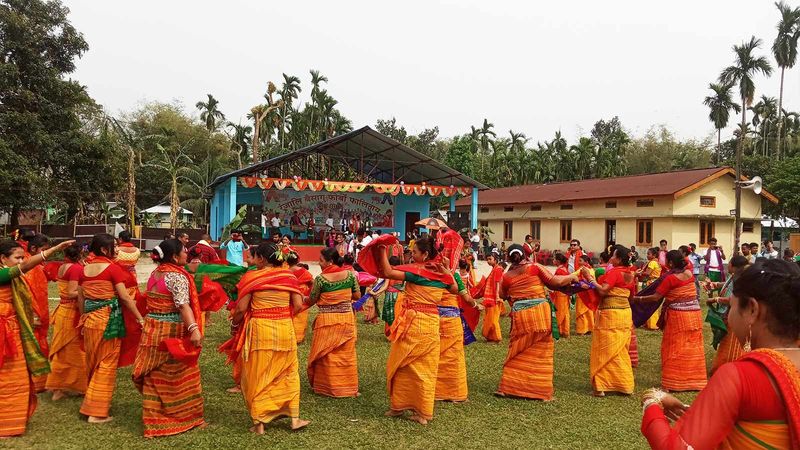
By afternoon, the rhythmic sound of traditional musical instruments such as the kham, siphung, jhota, serja and jabsing is filled in the air in Bodoland as people sing, dance and play games to celebrate the season and the new year. A major part of these celebrations is the Bagurumba aka Bagurungba, a folk dance that involves mimicking the movements of a butterfly. Bagurumba is performed by the women of the community, dressed in vibrant traditional attire featuring dokhona (draped skirt), jwmgra (a large scarf for the upper body) and aronai (a small scarf usually tied around the waist).
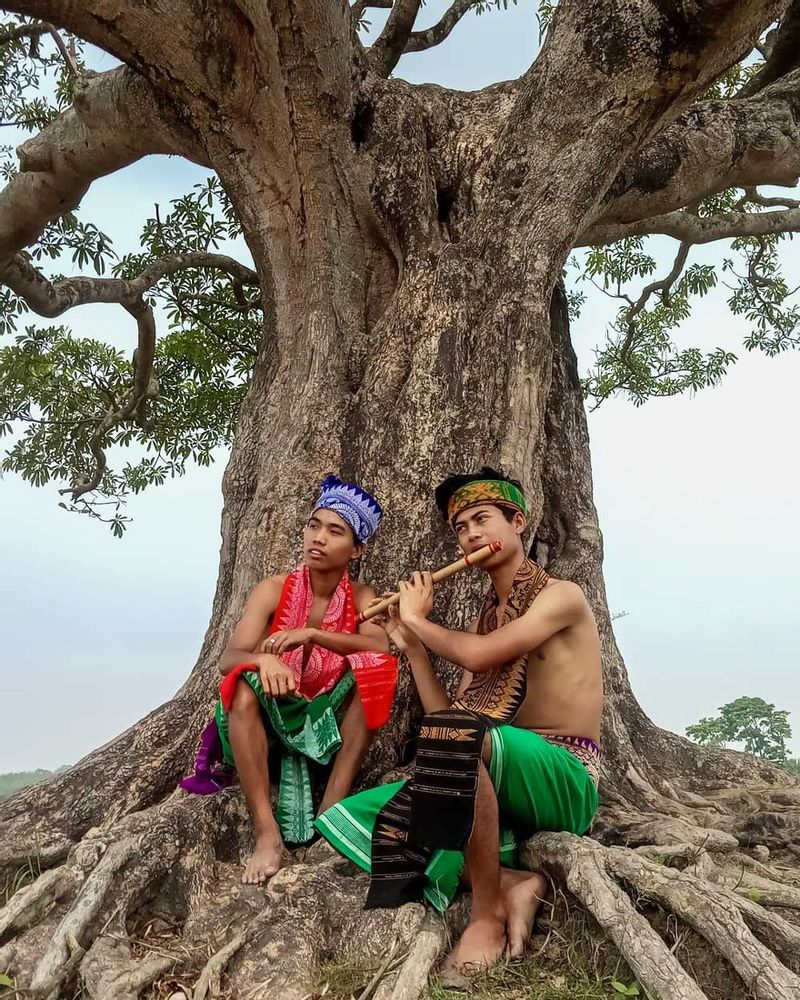
The Bodo women are accompanied by men playing the instruments. It is believed that the purpose of Bagurumba, which is also called Butterfly Dance with its butterfly movements, is to appease Bathou.
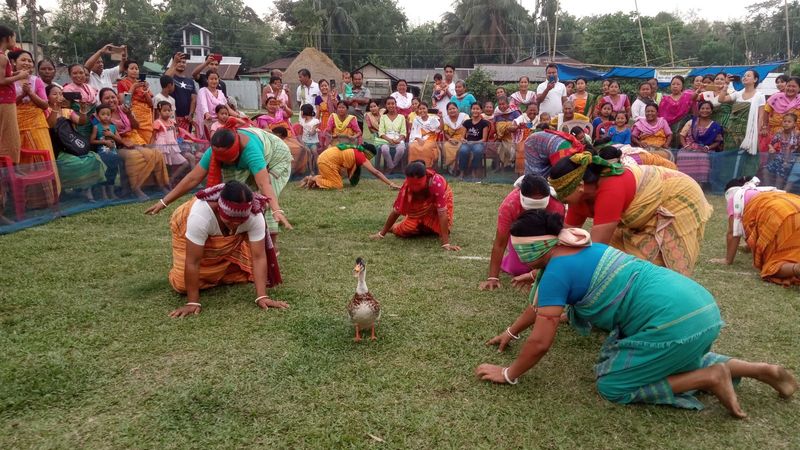

Sports play a crucial role in their festive celebrations. The entire village comes together to participate in festive games like duck catching, egg fight, cock fight and sprint races. This particular picture is of a short race that was organised for Bodo women. Basumatary’s mother is one of the participants.
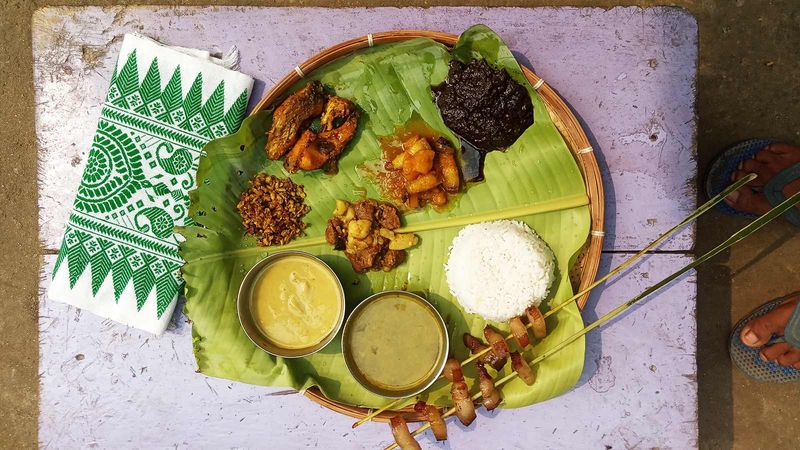
As far as the feast is concerned, the second day too has elaborate fare and displays the tribe’s love for pork. Basumatary shares with us a picture of the lavish spread prepared at his house. It includes rice, roasted pork, taro with chicken, potato with a herb called matigaldab, fish, potato with wild pork, red ant eggs, dried jute leaves with pork, and pork with pumpkins.

No Bwisagu celebration is complete without the tribe’s own rice beer, Zou bedai. This local beer is prepared by fermenting cooked rice and it has a pungent taste. It is commonly served in a dola, a round bamboo utensil.
The day comes to a close with the entire community gathering at the garja sali, a place of common worship in or around the village, and praying for a happy new year.


